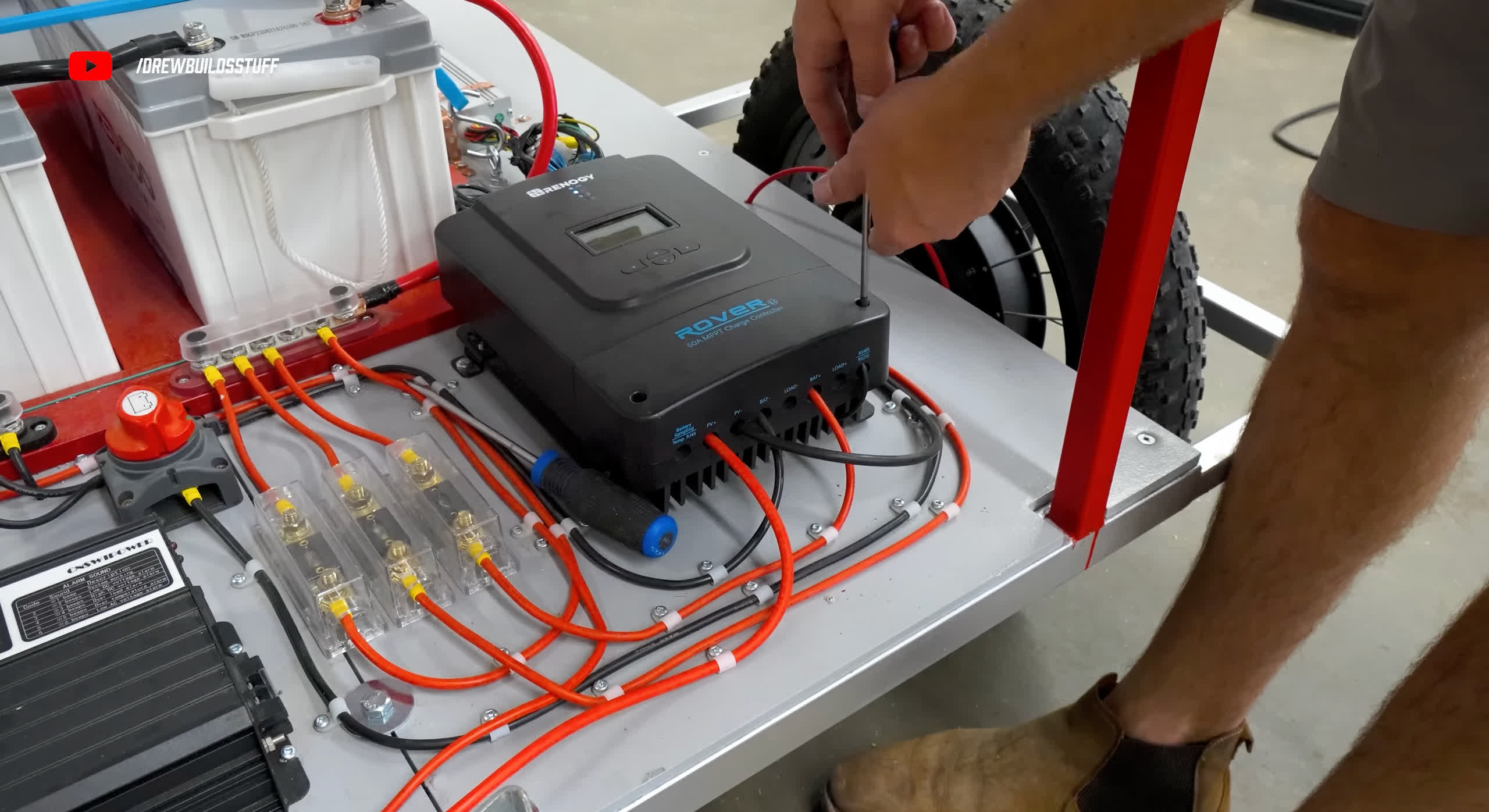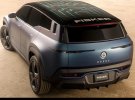What just happened? We've all wondered why automakers haven't quite cracked the code on solar-powered electric vehicles yet. Well, YouTuber Drew Builds Stuff decided to take a swing at that concept himself. In a recent video, he showed it's possible to drive indefinitely solely on solar energy, but also illustrated why making this a practical reality still has a long road ahead.

The experiment started simply enough – slapping a single solar panel on the hood of a bare-bones EV platform he previously built himself. Since the car was burning around 1200 watts, the goal was rigging up enough panels to exceed that output. Rather than rebuilding the whole vehicle, he opted for a trailer decked out with solar panels. For this, he decided to go with lightweight flexible panels that weigh only 7 lbs – significantly lighter than rigid panels that weigh around 60 lbs.

After some wiring wizardry connecting the trailer's panels to the main battery, it was time to put the solar rig to the test. Under perfectly sunny skies, the EV pumped out a solid 1,350 watts consistently. During a couple of hours of driving, the battery didn't drain at all.
However, once clouds started rolling in, output plummeted to around 350 watts, far from enough to sustain the battery level. The drive ultimately had to be cut short when the battery finally ran flat before sunset.

Still, the results were impressive for a homebrew project. Over 155 miles were covered, far outpacing the 35-45 mile range of that same vehicle running just on the battery alone. The builder estimated ideal conditions could push past 300 miles. Theoretically, with non-stop sunshine, an infinite range is indeed achievable.
However, it's only achievable on a certain kind of car – one that does away with modern luxuries like crumple zones, air conditioning, and a battery that can actually sustain highway speeds. Drew Builds Stuff had to go to great lengths to cut down on the weight of the vehicle in order for it to be as efficient as possible. That means a bare frame with panels plastered everywhere, not to mention hitching a panel-laden trailer to the back.
For now, perpetual solar-powered driving remains more novelty than the norm. But this experiment was an illuminating proof-of-concept that shows one day, those rays could maybe, just maybe act as a practical power source for cars as the technology evolves.
Image credit: Drew Builds Stuff
YouTube channel builds solar EV with infinite range – well, almost

